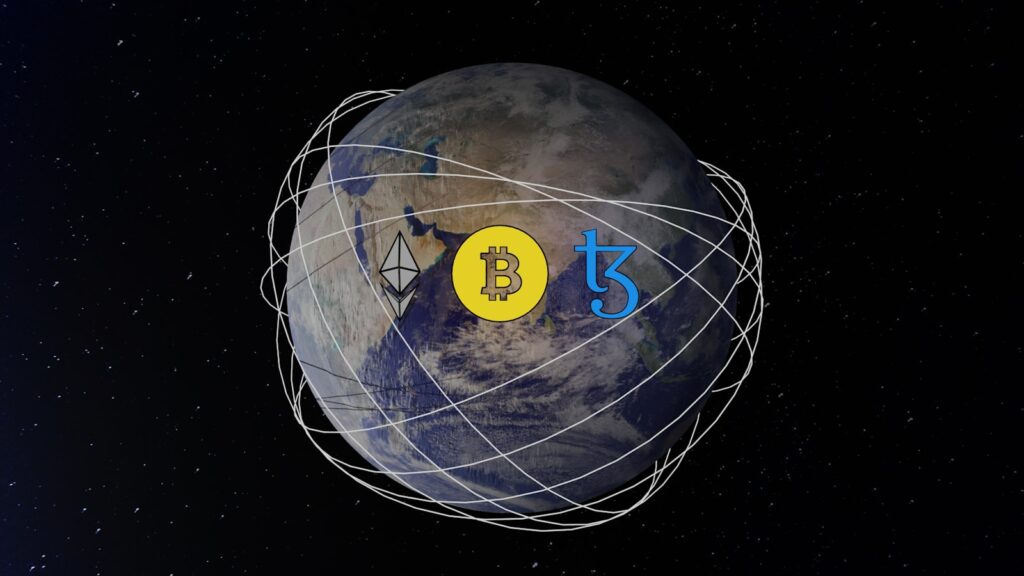
NFTs or Non-fungible tokens have sparked a revolution in the digital world. They have redefined ownership, creating a parallel universe where digital assets have real-world value. This article will take you on a journey through the intriguing world of NFTs and their application in various domains.
Table of Contents
- An Introduction to NFTs
- The Rise of NFTs
- How NFTs Work
- NFTs and Cryptocurrency
- NFTs in Art
- NFTs in Gaming
- NFTs in Real Estate
- Pros and Cons of NFTs
- Future of NFTs
- Conclusion
An Introduction to NFTs
Non-fungible tokens, or NFTs, represent unique digital items on the blockchain. Unlike cryptocurrencies such as Bitcoin or Ethereum, which are fungible and can be exchanged on a one-for-one basis, NFTs are unique and can’t be exchanged on a like-for-like basis. Copy code
NFT = Unique + Blockchain
The Rise of NFTs
The advent of blockchain technology has paved the way for NFTs, bringing transparency, security, and indisputable ownership to digital assets. The first known NFT, “CryptoPunk,” was released in 2017. Since then, the NFT market has exploded, with sales reaching billions of dollars in 2021.

How NFTs Work
NFTs are minted, or created, on a blockchain – a digital ledger that records transactions. Once an NFT is minted, it is bought and sold on various digital marketplaces. Each NFT contains distinct information or attributes that distinguish it from any other NFT, thus proving its uniqueness.
NFTs and Cryptocurrency
Although NFTs and cryptocurrencies are both products of blockchain technology, they differ in key ways. Cryptocurrencies are fungible, meaning each unit is interchangeable with another of equal value. NFTs, on the other hand, are unique and cannot be exchanged on a like-for-like basis.
NFTs in Art
NFTs have revolutionized the art industry by providing a platform for digital artists to sell their work. Digital artist Beeple made headlines when his NFT artwork sold for a whopping $69 million at Christie’s auction house.
“Without the NFTs, there just legitimately was no way to collect digital art.” – Beeple
NFTs in Gaming
In the gaming industry, NFTs allow players to truly own their in-game items. Games like “CryptoKitties” and “Decentraland” have incorporated NFTs, allowing players to buy, sell, and trade in-game assets as NFTs.
NFTs in Real Estate
NFTs are also making their way into the real estate market. Virtual real estate platforms such as “Somnium Space” and “Decentraland” allow users to buy, sell, and trade virtual land as NFTs.
Pros and Cons of NFTs
- Pros
- Ownership of digital assets
- New revenue stream for artists
- Potential for high returns
- Cons
- Market volatility
- Environmental impact
- Regulatory issues
Future of NFTs
As blockchain technology advances, the potential applications for NFTs will continue to grow. They could potentially reshape industries like art, gaming, real estate, and more.



